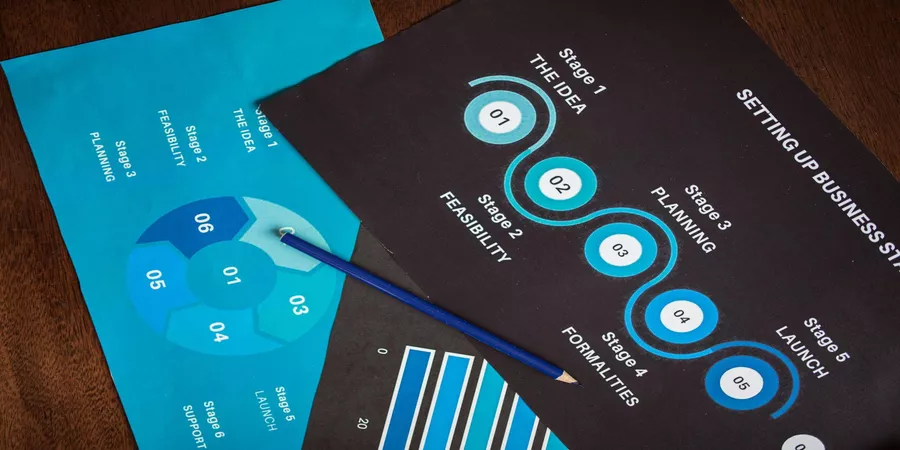The artificial intelligence revolution is fundamentally reshaping the landscape of business leadership, creating unprecedented opportunities while simultaneously posing unique challenges for women in executive roles. As AI investments surged 62% to $110 billion in 2024, a critical question emerges: Will this technological transformation serve as a catalyst for women’s advancement in leadership, or will it perpetuate existing barriers?
The intersection of AI, automation, and women’s business leadership represents one of the most significant workplace transformations of our era. With 87% of business leaders expecting at least a quarter of their workforce to reskill due to generative AI and automation over the next three years, understanding how this impacts female executives becomes essential for organizational success and gender equity.
The Current State of Women in Business Leadership
Leadership Representation Challenges
Despite decades of progress, women’s advancement in senior leadership positions remains frustratingly stagnant. Female representation at the leadership level has risen by less than 1% in six years, from 30.9% to 31.7%, highlighting the persistent glass ceiling effect across industries.
The technology sector, which drives much of the AI revolution, faces particularly acute challenges. Current data reveals that women represent 42% of the workforce but only 31.7% of senior leadership positions, with the gap widening in AI-focused organizations where technical expertise often correlates with leadership advancement opportunities.
The AI Leadership Gender Gap
Research from Russell Reynolds Associates reveals telling insights about women’s representation in AI leadership. Of the four women-led AI organizations examined, two have achieved gender parity and three are more gender diverse than the average AI leadership team, with senior leadership teams comprised of over 30% women. This data suggests that female-led AI organizations actively prioritize gender diversity, creating more inclusive leadership environments.
AI as a Leadership Enabler for Women
Breaking Traditional Barriers
AI and automation technologies offer unique advantages that can help women overcome traditional leadership barriers. These tools excel at eliminating bias-prone manual processes, creating data-driven decision-making frameworks that prioritize results over subjective judgments that have historically disadvantaged women in leadership evaluations.
Advanced analytics platforms enable female executives to demonstrate impact through quantifiable metrics, reducing the influence of unconscious bias in performance assessments. AI-powered workforce planning tools help identify and address systemic inequities in promotion pathways, creating more transparent career advancement processes.
Enhancing Leadership Capabilities
Modern AI tools amplify strategic thinking capabilities by processing vast datasets to identify market trends, competitive advantages, and operational efficiencies. This technological augmentation allows female leaders to focus on high-value strategic initiatives rather than time-intensive administrative tasks.
Automation of routine decision-making processes frees up cognitive resources for creative problem-solving and relationship building areas where research consistently shows women excel. AI-powered communication tools also help overcome networking disadvantages by facilitating broader professional connections and mentorship opportunities.
Automation Challenges for Women Leaders
Job Displacement Risks
Research indicates that automation poses disproportionate risks for women across the workforce. Women face an 11 percent risk of losing their jobs due to automation, compared to 9 percent of their male counterparts, as they are overrepresented in routine administrative and service roles most vulnerable to automation.
This displacement risk extends to middle management positions traditional stepping stones to senior leadership where process optimization and workflow automation eliminate supervisory roles. Women leaders must navigate these transitions while simultaneously developing AI fluency to remain competitive for executive positions.
The Skills Gap Challenge
The rapid pace of AI advancement creates continuous learning requirements that can disadvantage women already facing time constraints from caregiving responsibilities. The gen AI gender gap persists, with surveys showing 28% of women using generative AI compared to 43% of men, highlighting the need for targeted skill development initiatives.
Technical skill requirements for leadership roles are expanding beyond traditional business competencies to include AI strategy, data literacy, and digital transformation expertise. Women leaders must invest significant time and resources in developing these capabilities while managing existing professional responsibilities.
Strategic Opportunities for Women in AI-Driven Leadership
Leveraging Human-Centered Leadership
AI’s limitations in emotional intelligence, ethical reasoning, and creative problem-solving create opportunities for leaders who excel in these distinctly human capabilities. Research consistently shows women’s strengths in collaborative leadership, stakeholder engagement, and ethical decision-making skills that become more valuable as organizations navigate AI implementation challenges.
Female executives can position themselves as essential bridges between technical AI capabilities and human organizational needs, leading change management initiatives that ensure successful technology adoption while maintaining employee engagement and organizational culture.
Building Inclusive AI Systems
Women leaders bring critical perspectives to AI development and deployment decisions, helping organizations avoid algorithmic bias and develop more inclusive technological solutions. Their involvement in AI governance and ethics committees becomes increasingly valuable as regulatory scrutiny intensifies and stakeholder expectations for responsible AI use grow.
The Future of Women’s Leadership in an AI-Driven World
Emerging Leadership Models
The future of business leadership will likely favor hybrid skill sets combining technical AI fluency with human-centered capabilities. This evolution plays to many women’s strengths in relationship building, ethical reasoning, and collaborative decision-making while requiring strategic investment in technical skill development.
AI-augmented leadership roles will emphasize strategic thinking, creative problem-solving, and stakeholder engagement areas where diverse perspectives and inclusive leadership approaches provide competitive advantages. Organizations that successfully integrate women into these evolving leadership roles will likely outperform those that don’t.
Market Opportunities
The growing focus on responsible AI development creates market opportunities for women leaders who bring ethical perspectives and stakeholder-centered approaches to AI strategy. Consumer demand for trustworthy AI solutions favors organizations with diverse leadership teams that can anticipate and address broader societal concerns.









